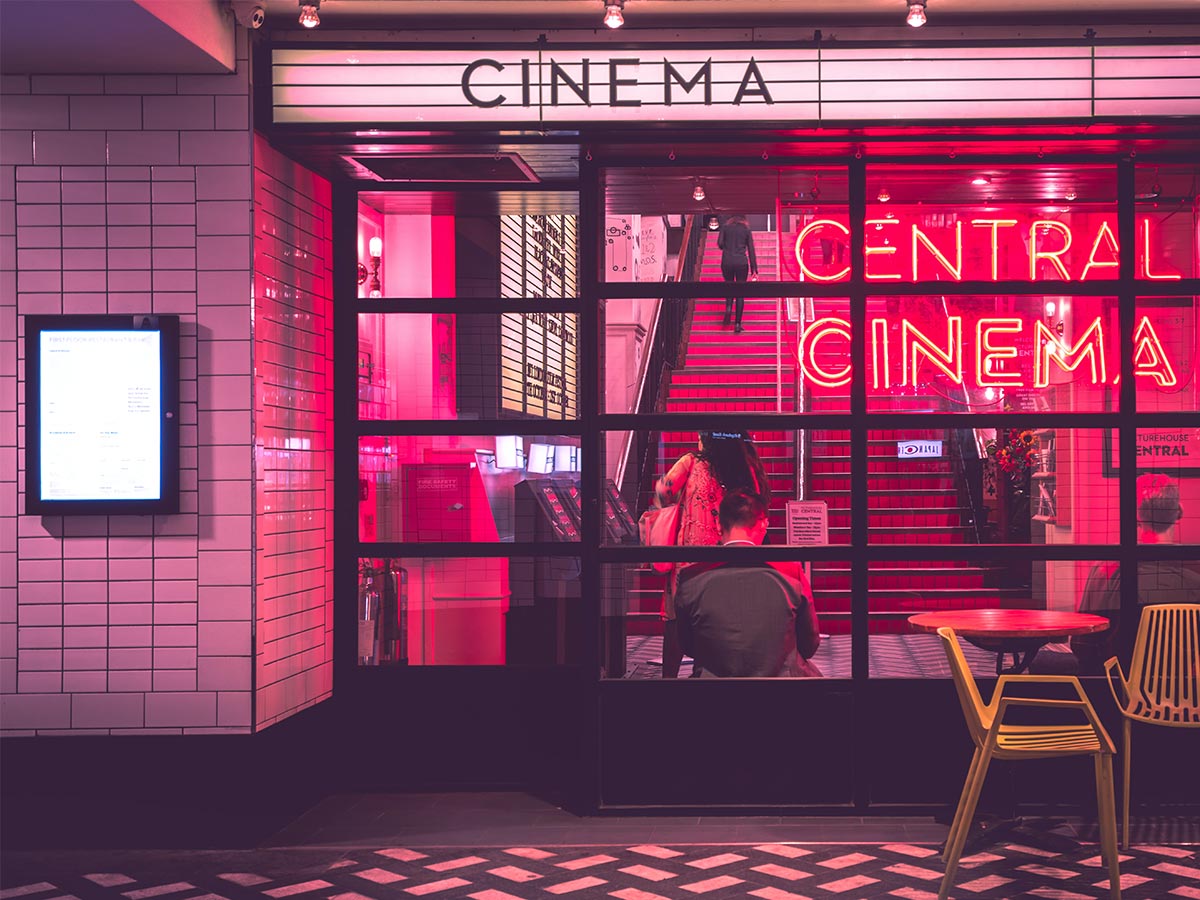At nearly the one year anniversary of the UK’s first lockdown, I’m missing cinema more than ever.
The world was flipped on its head last year, with whole sectors and areas of society having to rethink how things work – and cinema has been one of the hardest hit areas.
With cinemas closed – though a date for reopening in April is being whispered about – much of the media conversation has turned to streaming. We all know that a big advantage for streaming – especially in this third lockdown, with temperatures dropping to well below freezing, early sunsets, and nothing much to do beyond trying to keep warm on the sofa – is the ease and convenience it offers. It takes hardly any effort beyond a few taps of a button, and you can watch content whenever, wherever you like.
However, this is not at all comparable to the experience you get watching a film in the cinema. It’s simply not a like for like replacement. In fact, the Cinema Advertising Association’s annual Film Audience Measurement and Evaluation data, released in 2020, reveals that consumers who stream content are more likely to be avid cinemagoers. The experiences are complementary.
The theatre of cinema
The fact is, you can’t recreate that totally unique feeling of being at the cinema – that shiver of anticipation when the auditorium goes dark. The smell of popcorn, the blinking of smartphones that go dark as all eyes open wide and turn to the huge screen. It is something we’ve all experienced since childhood, with nostalgic memories bound up in the hushed aisles. There’s just nothing like it.
More than two-thirds (69%) of people agree – those with access to streaming services said that the cinema experience could not be replicated by online services. People even enjoy ads at the cinema, something that can’t be said for many other mediums – and currently, most of the big streaming platforms don’t support advertising anyway.
It’s also always been the case that studios make more profit through doing theatrical releases followed by a streaming release, so we’re not going to see a permanent shift to streaming-only releases.
Hungry for stimulation
The reality is – and I’m speaking from personal and anecdotal experience – people are bored. Bored of doing the same things day in day out, bored of being at home, bored of the same lockdown walks, bored of not experiencing the joy of seeing the latest film by their favourite director or actor, be that a blockbusting superhero flick, or a thoughtful auteur arthouse piece.
Interestingly, on a related note, I believe we’ll start seeing more flexible, reactive and considered programming, with local and indie cinemas showing more of the ‘off the beaten track’ films that the multiplexes usually don’t screen. There will always be the tentpoles of Bond and the like, but lockdown has opened audiences up to new and more diverse content so it’s likely there will be appetite for it in cinema too.
This boredom, I think, points to a huge level of pent-up demand. The statistics reflect this hunch: recent US research from National CineMedia shows that audiences are excited to return to the big screen: 95% miss going to the cinema, 92% look forward to cinemas reopening again and 86% prefer watching a movie in a cinema over watching at home. The unique advantage of cinema is that amazing stories are told with bigger impact than any other medium, on a much bigger scale.
A unique environment
So, what’s next for cinema as we start piecing the industry back together? There are fantastic opportunities for brands and consumers alike, with drive-in cinemas set to reopen, possibly as early as April.
Cinema is a truly immersive viewing environment, free from the distractions of modern life. From advertisers’ perspective, it is an incredibly premium and brand-safe platform, proven to be hugely impactful for brand campaigns. This in part is due to the huge scale of storytelling you get, and the fact you have a captive and truly engaged audience. It’s also possible for advertisers to be really targeted and buy very specific audiences against certain films.
The UK Cinema Association is coordinating efforts and defining best practice around making cinemas safe. Just as well, given that 94% of people that intend to go to the cinema the same amount they did pre-pandemic or more frequently.
With a tantalising slate of films set to screen in 2021 – No Time To Die, Pixar films Seeing Red and Lightyear (the fifth Toy Story film), and Marvel movies such as Black Widow and Shang-Chi and the Legend of the Ten Rings – it’s likely to be a fantastic year of cinema bouncing back.
Featured image: Myke Simon / Unsplash




























